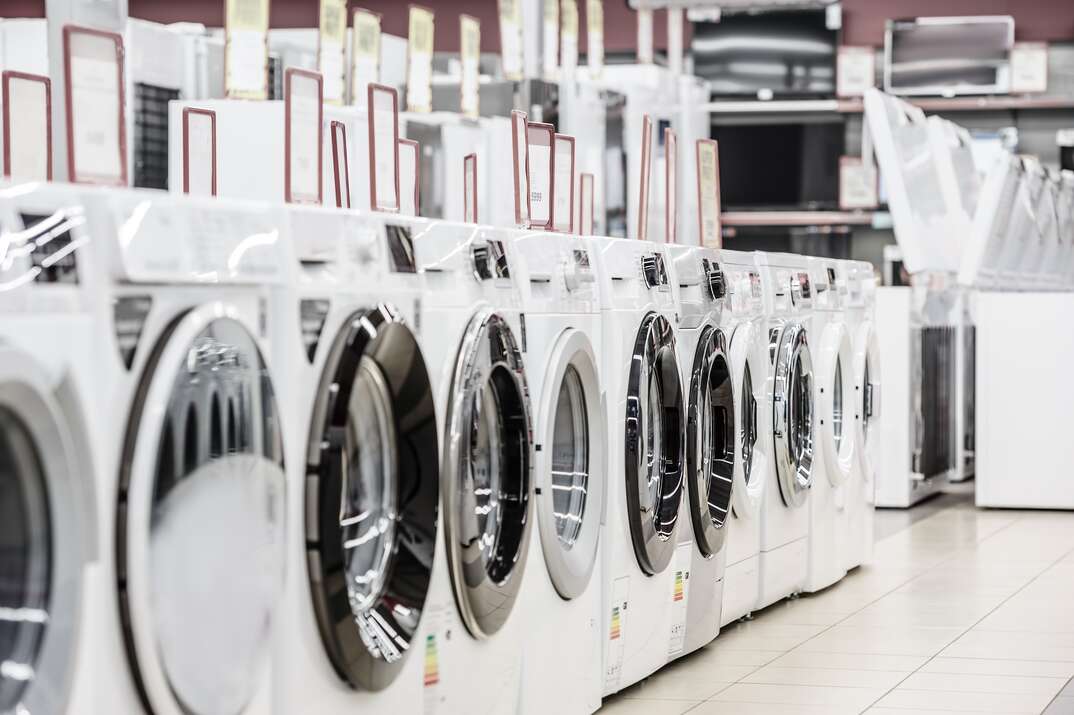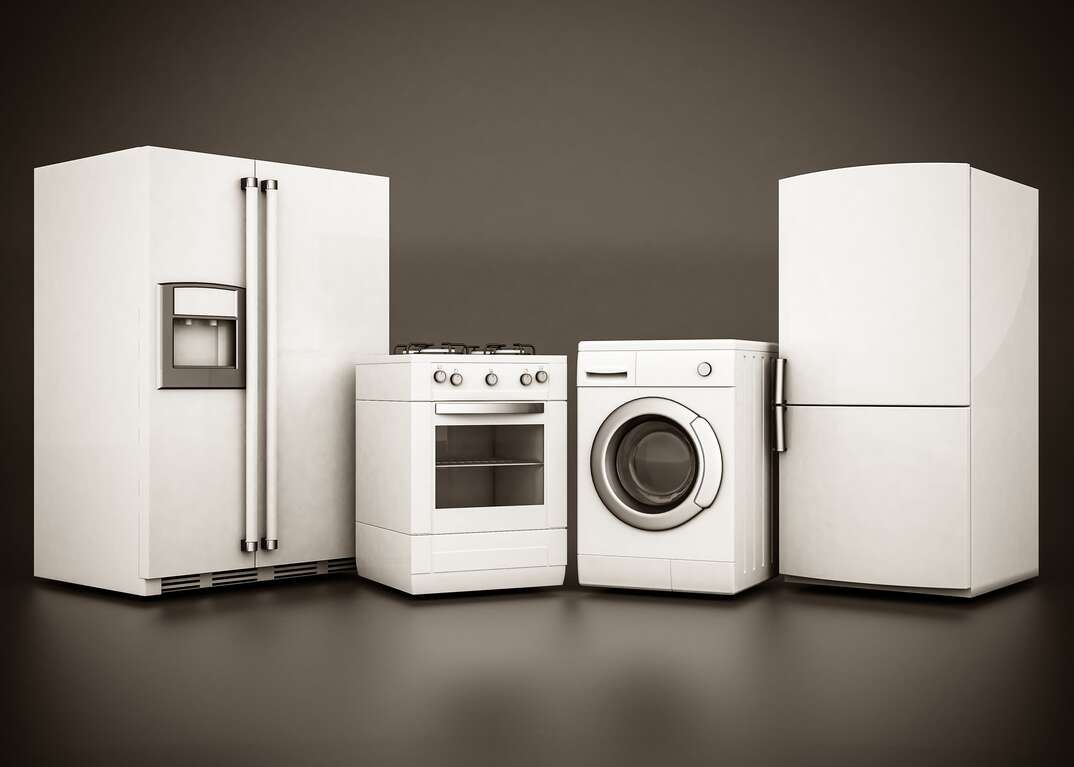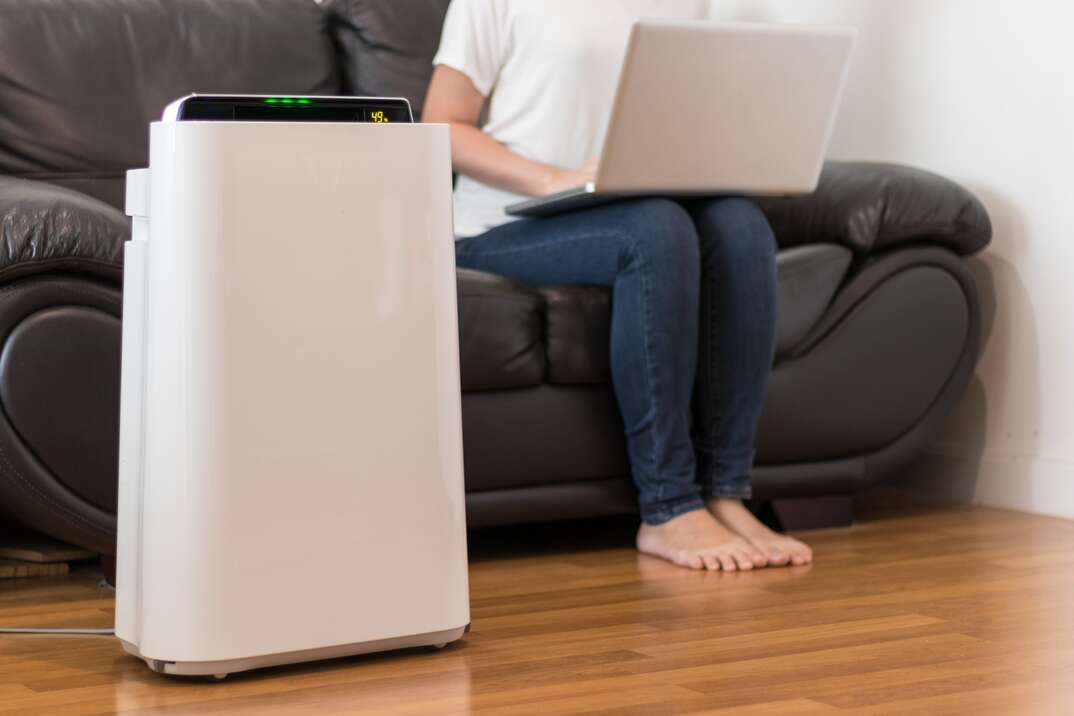Top 5 Snowblowers for Every Need

When it's time to buy a new snowblower, you may find yourself a little overwhelmed by all the choices. What is a two-stage snowblower, anyway? Do you want an electric model? A cordless one? Gas-powered? Battery-powered? Do you need heated handgrips? Push-button steering?
Take a deep breath and relax. You don't have to turn to pricey professional snow removal services to keep your property clear of snow. Use this guide to understand what your snowblower options are and make the right choice for your unique needs — whether it's clearing a single driveway or a large property.
Here are some snowblower basics and a list of some of the top models on the market today.
What's the Difference Between One-, Two- and Three-Stage Snowblowers?
One of the ways in which snowblowers are differentiated involves the number of stages involved in removing snow. Blowers are available in one-, two- or three-stage designs. Unsurprisingly, the less complex snowblowers are appropriate for easier jobs involving less snow.
One-stage snowblowers are ideal when you need to handle light snowfall. Choose a single-stage snowblower if you only have to clear a small path. It isn't going to be enough to get a heavy load of snow off your entire driveway.
A two-stage snowblower clears snow in — you guessed it — two separate stages. In the first stage, snow and ice are gathered and broken into smaller pieces. In stage two, those smaller pieces are fed into an impeller, which discharges the snow away from the path being cleared, throwing snow up to 50 feet away.
Thanks to its more powerful engines, a two-stage snowblower can clear snow that's up to 2 feet deep. However, it's typically still maneuverable enough to control with one hand, directing the discharge chute even while you're moving the machine. Many models feature hand warmers on the handle.
If you have to clear a lot of snow in a short amount of time, you may want to consider a three-stage snowblower. A three-stage blower has three augers (the paddles or blades that collect the snow), making them exceptionally powerful and fast. This third auger helps chop up the snow and ice into tiny pieces very quickly, speeding up the entire process tenfold in some cases. The impeller of a three-stage snowblower is strong enough to propel the snow and ice up to 50 feet away.
While this description may make you feel that a three-stage snowblower is the obvious choice, you should be aware that three-stage snowblowers are more difficult to handle, requiring extra care. In addition, they require professional maintenance and aren't always appropriate for DIYers.
What's Better: Battery or Electric Snowblowers?
Your snowblower can be powered by gasoline, diesel, batteries or electricity. A gas snowblower is the traditional route, and many of the professional, three-stage snowblowers are powered by gas for prolonged use over a large area. The downside is that they're very loud and require more maintenance than any other type.
If you just want to clear your own driveway and walkways, you probably want to check out electric and battery snowblowers. These are less powerful, but they’re ideal for homeowners who don't want to shovel the few inches of snow they get several times a year.
Electric snowblowers are lightweight, easy to store and easy to maintain. They use a simple push-button start system, and they're quiet. However, they have to be plugged in, so their usefulness reaches as far as their cord (or your extension cords). Because they're electric, you can't clear snow during a power outage.
Battery snowblowers are the new kid on the snowblower block. They combine the lightweight ease of electric snowblowers with the greater range of gas snowblowers because you aren't tethered to an electrical cable when you use one. If you keep your batteries charged, you can even clear snow during a power outage. If you have a relatively large area to clear, you may have to invest in extra batteries so you can stop to change them mid-job.
The Top 5 Snowblowers
The best snowblower for you depends on your needs, such as how much land you need to clear, how often you get snow and your price range. Here are some of the top models on the market today, in no particular order:
Toro SnowMaster 824 QXE
This Toro snowblower is a two-stage, gas-powered snowblower that uses a push-button electrical start to get you going. It handles snowfall of 6 to 18 inches smoothly, and it works well on paved surfaces. It may not be the best choice for clearing grass or gravel, though. A unique feature is the Personal Pace drive system, which syncs the snowblower's wheels with your own walking pace.
Cost: $1,099
Craftsman SB410
This Craftsman snowblower is a dual-stage model that clears 2-foot paths and handles snow up to 21 inches deep. It's quiet for a gas-powered model, and its electric start saves you the hassle of pull-starting. With six forward speeds and two reverse speeds, this snowblower can handle tough conditions, and its 180-degree chute lets you throw snow in any direction.
Cost: $849
Snow Joe 24V-X2-SB18
This lightweight model from Snow Joe is cordless. It only weighs 32 pounds, making it easy for just about anyone to maneuver, but it has the power to toss snow 20 feet away. The rechargeable battery delivers 40 minutes of use on a single charge, which is enough to clear both your walkway and driveway.
Cost: $359
EGO Power+ SNT2102
With a high-efficiency electric motor and LED headlights that facilitate snowblowing at night, this EGO model is a strong contender. Its chute swivels 180 degrees, and it provides snowblower clearance of up to 35 feet, making it ideal for clearing larger decks, driveways or patios. It can handle up to 13 inches of snow at a pass. EGO claims it’s as powerful as a gas model.
Cost: $649
Husqvarna ST 224
This two-stage, gas-powered snowblower may be your solution if you have to deal with deep snow. It clears a 24-inch swath, and its track drive keeps it from getting stuck in deep snowfalls. Power steering makes it easy to maneuver, and heated handle grips provide a bit of extra comfort when you're out in the cold.
Cost: $899


